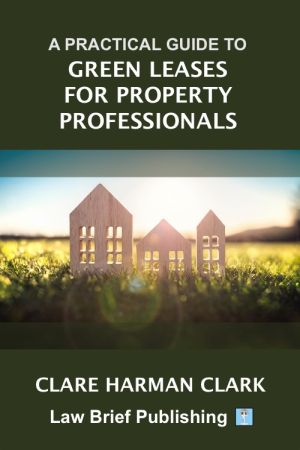
A sea-change is coming for commercial leasing. As the climate emergency gathers pace, the pressure is on for the property sector to get its house(s) in order. And for all the column inches on potential regulation or absent top-down policy, it is fast understanding that its contractual relationships, particularly its green leases, will be key to concreting environmental ambitions and ESG expectations into its real estate.
To be properly impactful, the green lease must do many things. It must cater for existing legislation in many areas, while anticipating change. It must rethink bricks and mortar as a complex body, living its operations and breathing out clean air. In aligning the interests of landlords and tenants it must, arguably for the first time, challenge the fundamental notions of FRI leasing in a way that is both credible and commercially viable.
This book explains the why and the how of green leasing in the commercial world. It offers drafting tips to help this nascent tool take root, and it makes a necessarily broad analysis of its legal context. It considers how the development of solicitor’s duties could demand more from the legal profession’s understanding and advice. It was written to inspire and empower real estate lawyers and practitioners, as they support the efforts of future-looking commercial clients to rebuild the industry from the ground up.